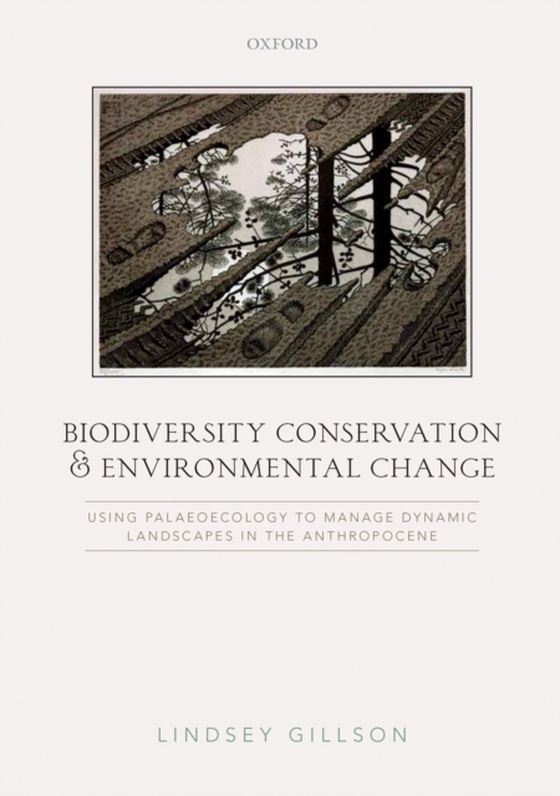
Biodiversity Conservation and Environmental Change e-bog
436,85 DKK
(inkl. moms 546,06 DKK)
Ecosystems today are dynamic and complex, leaving conservationists faced with the paradox of conserving moving targets. New approaches to conservation are now required that aim to conserve ecological function and process, rather than attempt to protect static snapshots of biodiversity. To do this effectively, long-term information on ecosystem variability and resilience is needed. While there i...
E-bog
436,85 DKK
Forlag
OUP Oxford
Udgivet
9 april 2015
Længde
272 sider
Genrer
HDP
Sprog
English
Format
epub
Beskyttelse
LCP
ISBN
9780191022104
Ecosystems today are dynamic and complex, leaving conservationists faced with the paradox of conserving moving targets. New approaches to conservation are now required that aim to conserve ecological function and process, rather than attempt to protect static snapshots of biodiversity. To do this effectively, long-term information on ecosystem variability and resilience is needed. While there is a wealth of such information in palaeoecology, archaeology, andhistorical ecology, it remains an underused resource by conservation ecologists. In bringing together the disciplines of neo- and palaeoecology and integrating them with conservation biology, this novel text illustrates how an understanding of long-term change in ecosystems can in turn inform and influencetheir conservation and management in the Anthropocene. By looking at the history of traditional management, climate change, disturbance, and land-use, the book describes how a long-term perspective on landscape change can inform current and pressing conservation questions such as whether elephants should be culled, how best to manage fire, and whether ecosystems can or should be "e;re-wilded"e;Biodiversity Conservation and Environmental Change is suitable for senior undergraduate and post-graduate students in conservation ecology, palaeoecology, biodiversity conservation, landscape ecology, environmental change and natural resource management. It will also be of relevance and use to a global market of conservation practitioners, researchers, educators and policy-makers.
 Dansk
Dansk

